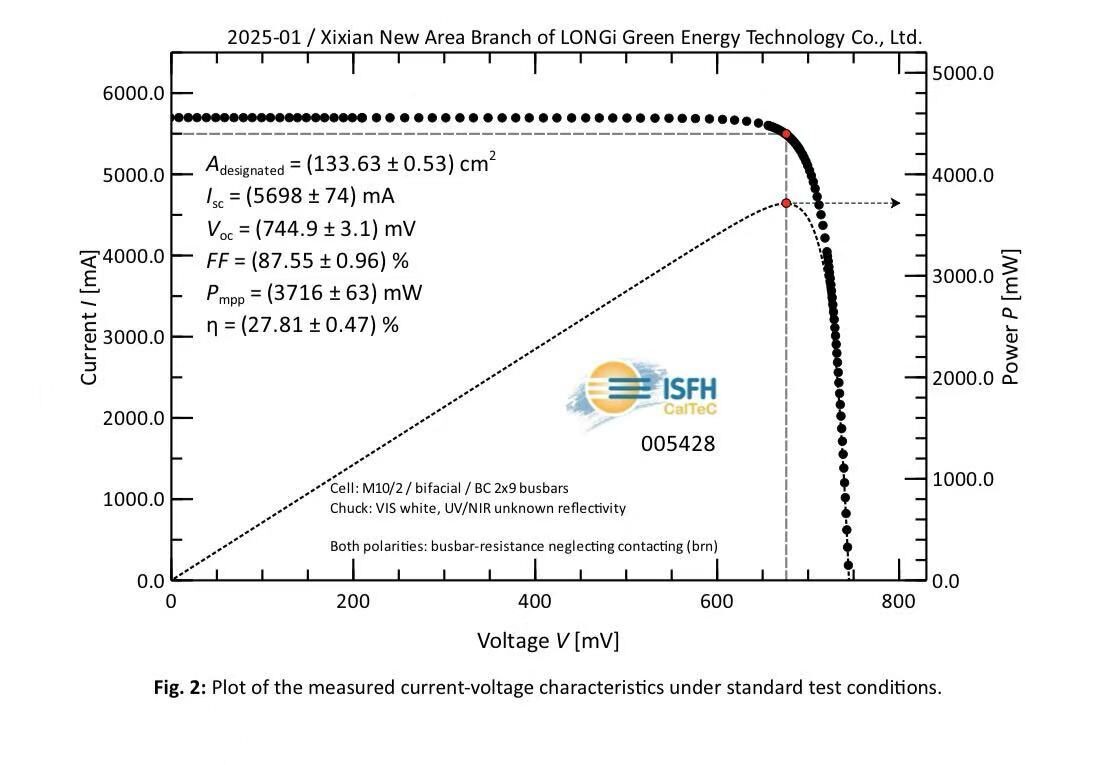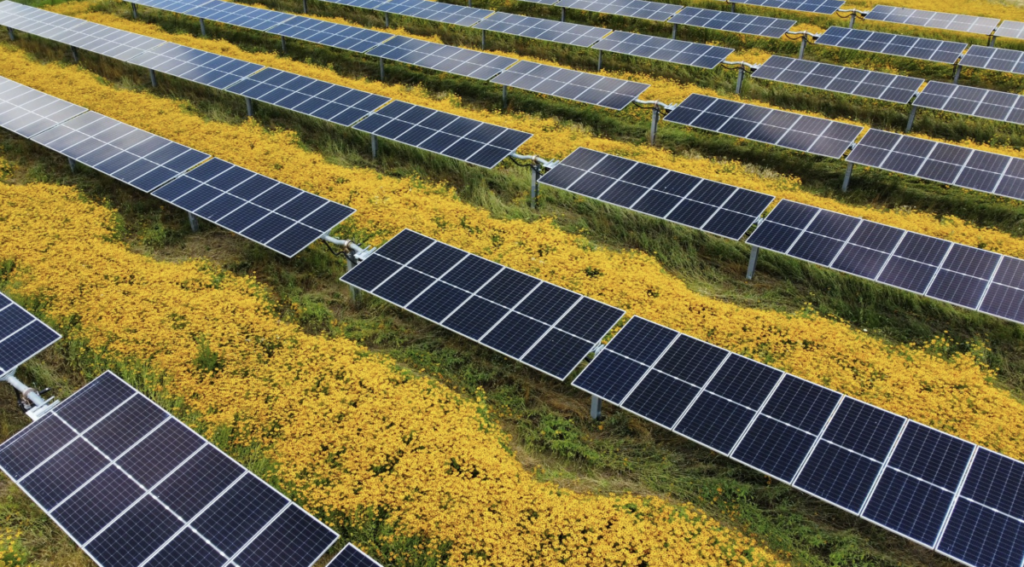Solar projects are often supposed to be quiet, but noise of inverters, transformers and energy storage systems can be difficult to repair if they are not tackled during the design phase, and even result in reputation damage to the solar industry.
“The idea that solar projects do not create noise is not correct” PV Magazine USA. “All solar sites need a noise analysis.”
In solar installations, central inverters and substation transformers are the dominant source of sound, and “inverters are the most problematic,” said Bahtian.
Inverters and transformers produce low -frequency sounds that have longer wavelengths.
“The larger the wavelength, the bigger the barrier to block long wavelengths“Must be, said Bahtian.
Zoning confusion
Sound can be a certain problem when solar projects are near residential areas, Bahtiaan said. Sound limits vary in restraint, depending on the location, the zoning plans of the country and whether it is day or evening hours.
“You will notice that most municipal noise codes are somewhere between 40 decibels at night and maybe 50 decibels during the day,” he said, adding that quieter communities can sometimes have sound limits as low as the center of the thirty. For reference, a ticking watch is approximately 20 decibels, a fridge is usually approximately 40 decibels and a vacuum is approximately between 70 decibels and 80 decibels.
The limits of the industrial zone are often higher than commercial and living zones and do not always have quieter boundaries for the night. However, this does not mean that a project in an industrial zones of 70 decibels is in accordance with 70 decibels, he noticed.
“There is a line where an inch must be one way to be 70 decibels and one inch the other must be 50 decibels,” said Bahtiarian. “So with that characteristic line you really have to be on 50 decibels.”
The transition from industrial zoning plans to residential zoning or commercial zoning plans to residential zoning is a frequent problem, he said. Much of these could have been avoided from the start by turning the design, so that the equipment was not until the ownership line, inches of a residential zone. If they had considered acoustics on the first day, “they would never have had a problem,” he said.
When projects are found for compliance, this is usually not a solution at night, he said. Even for solutions that sound simple, “there [are] Other things that have to happen to let it develop well, “he said.” Usually these things can take many, many months to perhaps years and years, depending on the situation. “
A Recent Study From the University of Louisiana in Lafayette and Louisiana State University showed that central inverters must be at least 147 feet of the neighboring properties to stay under 55 decibels, and substation transformers must be at least 196 feet distance to stay under 45 decibels at night. Although the study said that these distances are fairly conservative, they would almost certainly vary, depending on the specific solar project.
Even when solar projects are in accordance with sound regulations, noise is heard by nearby properties a reputation risk for the solar industry. For example the Connecticut Mirror Said residents who had originally been proponents of a 4.9 MW project in Connecticut started to immediately submit complaints about the noise of the project.
Legal, NexteraThe owner of the project was not obliged to reduce the noise because the city’s destination regulations did not apply to the project. But when a solar project on agricultural land was presented by another developer in the Grenzers, the residents opposed the project, and partially quoted the noise that was left undidected by the nearby Nextera project.
Noise measurements
Noise control engineers rely on the sound specifications of equipment manufacturers to simulate noise levels before projects are built. They can do this with a high degree of accuracy thanks to the knowledge of solar energy that solar energy has gained when performing accurate sound measurements.
Battery energy storage, of which Bahtian said it produces a considerable sound, is relatively young compared to manufacturers of inverter and transformer and the measurement of sound is complex and technical.
“Battery energy manufacturers have still not learned how to do the sound measurements of the equipment, and it is a bit complicated, a bit more complicated than you might think,” he said.
Bahtian said that although there are methods and standards for doing these specific sound measurements, such as ISO 3744“The manufacturers of equipment did not arrive that kind of knowledge,” he said. Compared to solar manufacturers, “they are all new startups,” he noted, “but now we are at the point where we need to know what the sound of [the equipment] Is accurate, and much of the data we receive are really difficult to use because it is not well documented. “
Bahtian said he spoke to the new Codes and standards committee At Solar Energy Industries Association (SEIA) about the development of best practices for industry. The first would help manufacturers carry out good noise measurements for battery modules. The other, he said, would be wider and heard to developers who perceive.
“Until then it is a new space for battery manufacturers,” he said. “They don’t have the knowledge they need to measure sound. They discovered that there is an ISO standard to do this and they quote that standard, but they do not perform the procedure properly, so the results we get are very difficult to work with.”
“The ISO standard is very technical,” he noticed, and battery manufacturers “may be overwhelmed about what this should look like,” he said. “Someone just has to say:” This is what you do. You do ABC and this is what the outcome should be. “
Until then, “they just try to sort it out a bit.”
This content is protected by copyright and may not be reused. If you want to work with us and reuse part of our content, please contact: editors@pv-magazine.com.
Popular content


